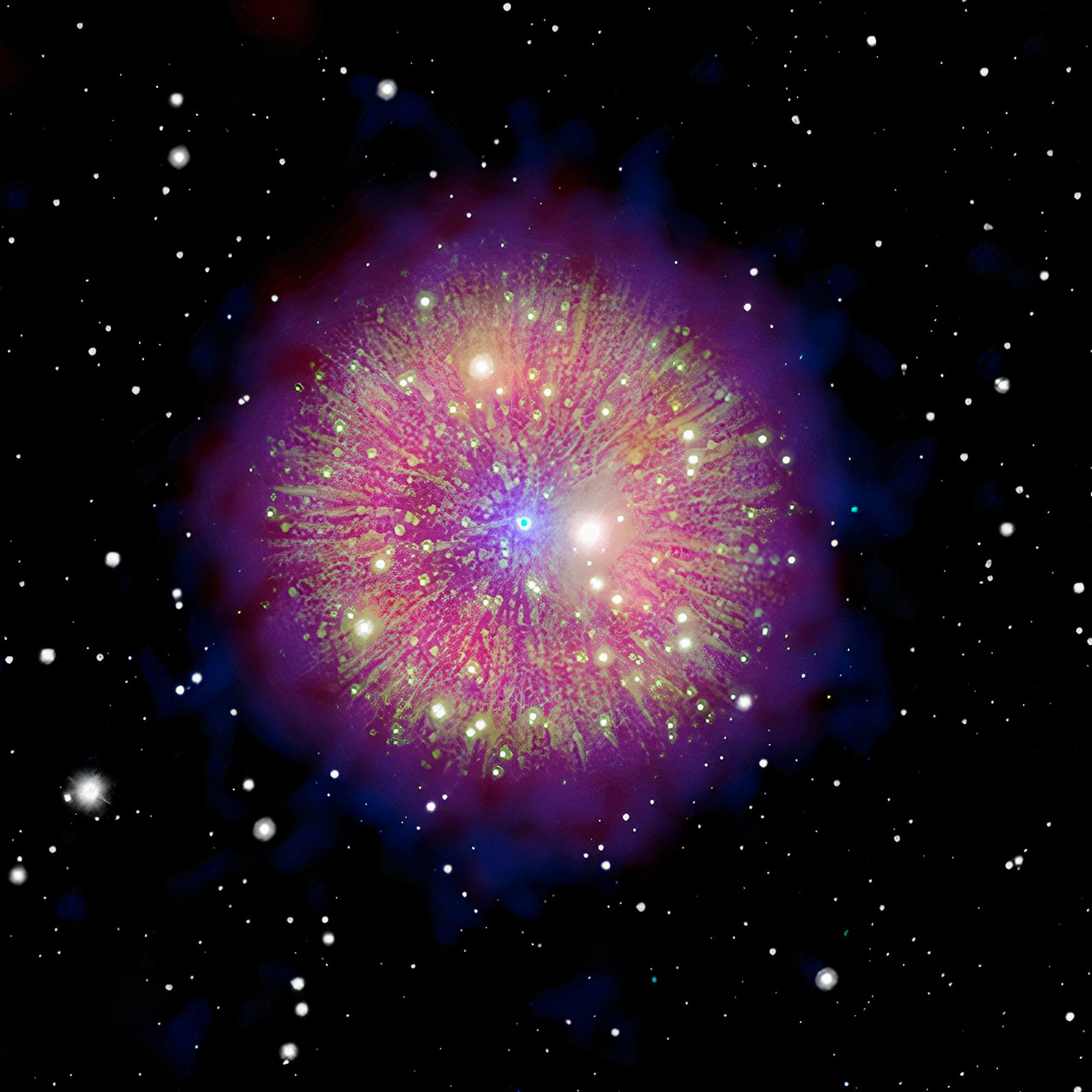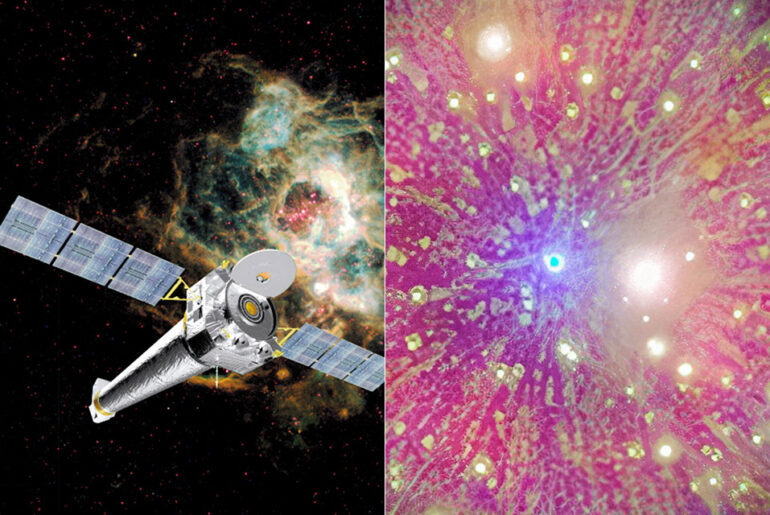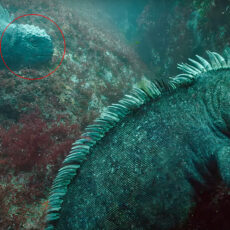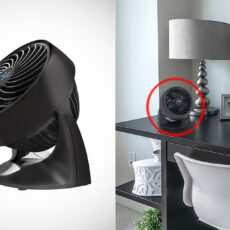
NASA’s Chandra X-Ray Observatory captured the remnant of an 800-year-old supernova explosion that was first spotted in 1181. This spectacle appeared in the night sky and stayed visible for 185 consecutive days, appearing as a temporary ‘star’ in the constellation Cassiopeia shining as bright as Saturn.

Astronomers first believed it was the dense core of a collapse star, named 3C 58, but upon closer investigations they deemed that the pulsar is older than supernova 1181. Recent studies revealed that Pa 30, a nearly circular nebula with a central star in the constellation Cassiopeia, just might be what they’ve been looking for. The composite image you see here uses data across the electromagnetic spectrum and shows an incredible new view of the supernova remnant.
- LEGO NASA Space Set - This adult LEGO set features the Space Shuttle Discovery and the Hubble Space Telescope from NASA’s 1990 STS-31 mission,...
- Solar System Exploration - Unlock the mysteries of our solar system with this engaging 2,354-piece project, packed with authentic details and...
- Shuttle Features Galore - The space shuttle model has an opening payload bay, retractable landing gear, opening cockpit, moving elevons, space arm,...
A bright, multi-colored, spherical nebula sits in the middle of the canvas surrounded by a field of stars that appear as white dots. In the center of the nebula is a small point of aqua-colored light. This is the hot white dwarf star that was left behind after the likely merger of two smaller white dwarfs caused an explosion,” said Lee Mohon, Web Editor at NASA.










